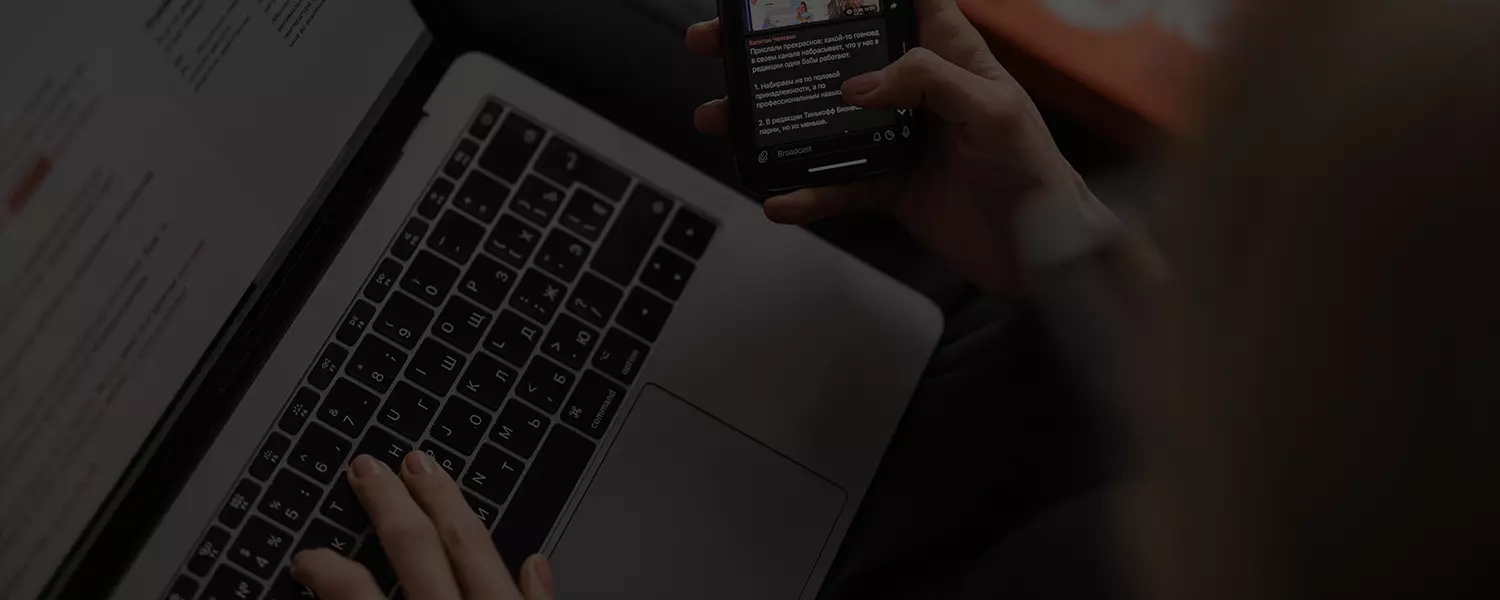
Key Factors Influencing Your Public Liability Claim in Queensland
In the sunny state of Queensland, the possibility of accidents and injuries in public spaces is an unfortunate reality. When these incidents occur, it is the law of public liability that governs the outcome of claims made by those injured. Public liability claims revolve around the principle of negligence, where an entity or individual fails to take reasonable care to prevent harm to others. For the layperson, deciphering the complexities of such legal matters can be daunting. Therefore, this exposition seeks to distill and examine the key elements that influence a public liability claim.

1. Determining Negligence
In the realm of Queensland law, negligence is a foundational concept that requires thorough examination in any public liability claim. This factor hinges on establishing a duty of care—a legal obligation that mandates an individual or organization to exercise a standard of reasonable care while performing any acts that could foreseeably harm others. A breach of this duty occurs when the actions or inactions of a party do not align with the legal standards of care, which can lead to incidents resulting in injury. Common instances of such negligence include slippery floors in shopping centres without proper signage, or obstructed public walkways causing tripping hazards.
2. Contributory Negligence
Not all claims are straightforward. There are instances where the injured party may have inadvertently contributed to their harm through their own negligence. This concept, known as contributory negligence, can significantly adjust the amount of compensation received. Understanding and defending against claims of contributory negligence require meticulous legal knowledge and strategic expertise.
3. Limitation Periods
Timing is not just a matter of punctuality but a critical legal constraint in public liability claims. The Statute of Limitations in Queensland sets definitive periods within which an injured party must initiate legal action, which is generally 3 years from the date of accident. Failing to adhere to these time limits can result in the loss of the right to claim. Special circumstances may affect these periods, hence an acute awareness of such exceptions is crucial.
4. Extent and Documentation of Injuries
Medical evidence serves as the bedrock of any public liability claim. Swift medical attention following an accident, coupled with comprehensive documentation of the injuries sustained, is vital. The contrast between long-term and short-term injuries can profoundly influence the trajectory of a claim. It is the meticulous records of healthcare professionals that can corroborate the severity and impact of an injury.
5. The Impact of Pre-Existing Conditions
The existence of any pre-existing conditions can complicate a public liability claim. Such conditions may either mitigate or inflate the perceived impact of the injury in question. Transparency regarding one’s medical history, whilst maintaining privacy, is a delicate balance that requires legal finesse.
6. Evidence of the Accident
The preservation of evidence post-accident is a decisive factor in substantiating a claim. Witness accounts, CCTV footage, and incident reports collectively contribute to constructing a robust claim. Each piece of evidence serves as a testament to the events that transpired, providing a foundation upon which a claim is built.
7. Economic Damages and You
When quantifying the economic losses in a public liability claim, a detailed look at the injured party’s education background and work history becomes pivotal. These aspects of a claimant’s profile are not mere footnotes; they are significant chapters in the narrative that will dictate the level of compensation related to past and future economic losses. Higher educational qualifications often lead to higher earning jobs. If an injury impedes an individual’s ability to perform in their trained field, the loss is not just of current wages but of potential increases in earnings over time. A consistent work history demonstrates what the injured party would have continued to earn had the injury not occurred. It is an indicator of past and future earnings lost. Furthermore, with a solid work history, it is reasonable to project future earnings based on past increments, promotions, and career advancement.
8. Legal Representation
Navigating the labyrinth of legal proceedings necessitates the guidance of a seasoned lawyer. The right legal representative can mean the difference between a meagre settlement and a substantial one. An experienced lawyer not only understands the legal landscape but can also anticipate the manoeuvres of the opposition, thereby influencing the outcome in the client’s favour. Meet our team of legal experts who specialize in public liability claims.
9. Conclusion
Understanding the nuances of a public liability claim in Queensland is key to navigating its complexities. If you’re facing such a situation, remember that a timely and well-prepared approach, coupled with the support of experienced legal professionals, can significantly impact the outcome of your claim. We encourage you to take advantage of our free initial consultation and explore our No Win No Fee arrangements to ensure your rights are fully protected. For more information or to discuss your case, please contact us at Ascent Lawyers.






